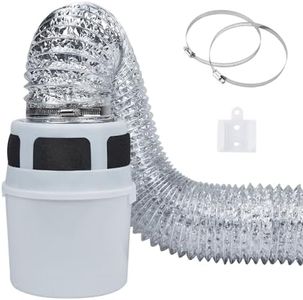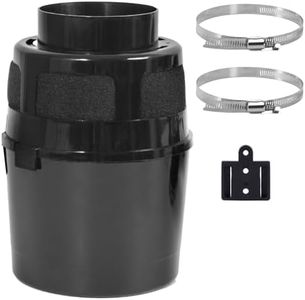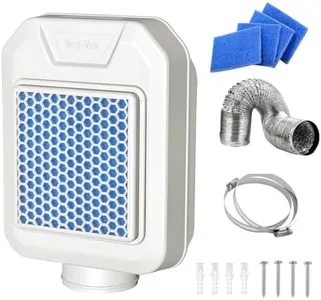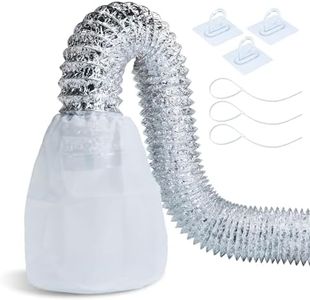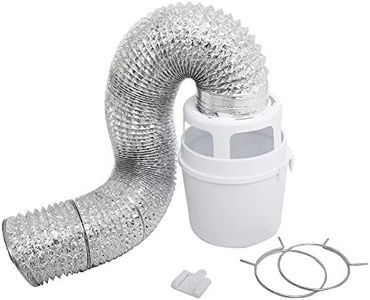We Use CookiesWe use cookies to enhance the security, performance,
functionality and for analytical and promotional activities. By continuing to browse this site you
are agreeing to our privacy policy
10 Best Indoor Dryer Vents
From leading brands and best sellers available on the web.Buying Guide for the Best Indoor Dryer Vents
Choosing the right indoor dryer vent is essential for efficiently and safely venting your dryer inside your home when you can’t access an external wall. The right vent will help you avoid moisture and lint buildup in your indoor space, reduce maintenance hassles, and prolong the life of your dryer. When shopping for an indoor dryer vent, it’s important to look at a few key features to make sure the model suits your dryer type, your home environment, and your willingness to maintain cleanliness and air quality. Here’s how to navigate the most important specifications to find your perfect fit.Compatibility (Electric vs. Gas Dryers)Indoor dryer vents are generally designed for electric dryers only, not gas dryers, because venting gas dryers indoors can be hazardous due to carbon monoxide. Always check whether the vent is compatible with your dryer type. If you have an electric dryer, most indoor vent kits will work, but with a gas dryer, you must vent outdoors for safety, making an indoor solution unsuitable.
Filter TypeThe filter in an indoor dryer vent catches lint and prevents it from entering your living space. Most models use water-based or mesh filters. Water-based filters require you to add water to a chamber for each use, trapping lint in the water. Mesh filters are reusable and need to be cleaned frequently. Water systems are easy but require regular refilling, whereas mesh needs more discipline with cleaning but less mess. If you want minimal day-to-day tasks, consider large-capacity water-based or reusable filters, and if you’re forgetful, simple mesh might be better. Choose based on your preference for maintenance and cleaning frequency.
Moisture & Humidity ControlSince drying clothes releases moisture, indoor dryer vents can cause extra humidity in your space. Some vents are designed to minimize moisture release, while others don’t provide much control over humidity. If you have a well-ventilated laundry area, this may not be an issue, but in confined or poorly ventilated rooms, excessive moisture can cause mold or damage. In such cases, select a vent with features aimed at moisture control, or be prepared to use a dehumidifier.
Ease of CleaningDryer vents can build up lint quickly, which poses a fire hazard and reduces efficiency. Some indoor vents are easier to disassemble and clean out, while others require more effort. If you know you'll remember (or enjoy) cleaning frequently, you can get by with simpler models. But if you want something low maintenance, look for systems advertised as easy-to-clean or with accessible filter compartments.
Installation MethodIndoor dryer vents can be secured in several ways, including wall-mounted, floor-standing, or hose-connected to a container. Some have simple no-tool setups, while others might need basic installation skills. If you want a quick setup, go for tool-free or single-hose designs; if you prefer something permanent or secure, wall-mount systems are better. Think about your laundry space and whether you prefer flexibility or a fixed setup.
Capacity and SizeThe size and capacity of an indoor dryer vent affects how much lint and moisture it can handle before requiring maintenance. Larger units can go longer between cleanings, but take up more space. Smaller units need more frequent attention but fit in tighter spaces. If you have a small laundry area, compact models are best, but if convenience between cleanings is your goal, a higher-capacity system will be a better match.
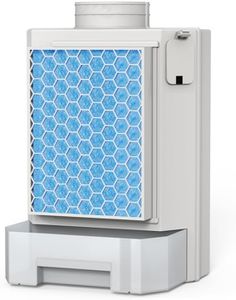
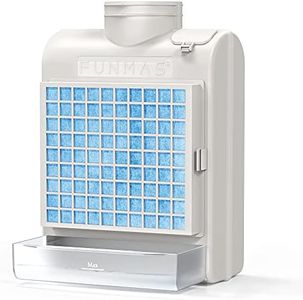
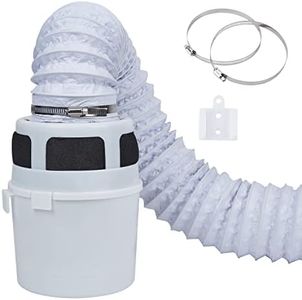
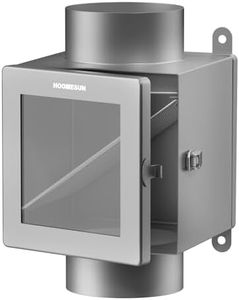

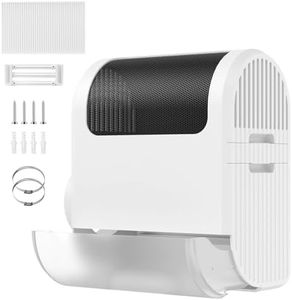
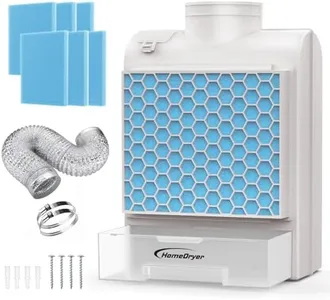

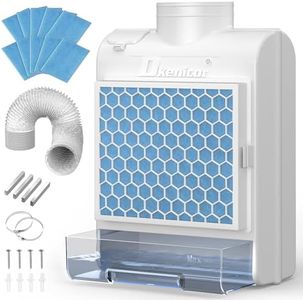
![[UPGRADED]Cenipar TDIDVKZW Indoor Dryer Vent Kit Filter 3 In 1 Filter Bucket with 4 Inch 5 Feet Proflex Ducting Hose for Electric Dryers,White](https://images-proxy.bestreviews.guide/GyPFpoJ2TpRevS0w1X-dGJ-rdDY=/0x300/https://m.media-amazon.com/images/I/51fqu5jWjDL._AC_CX679_.jpg)
